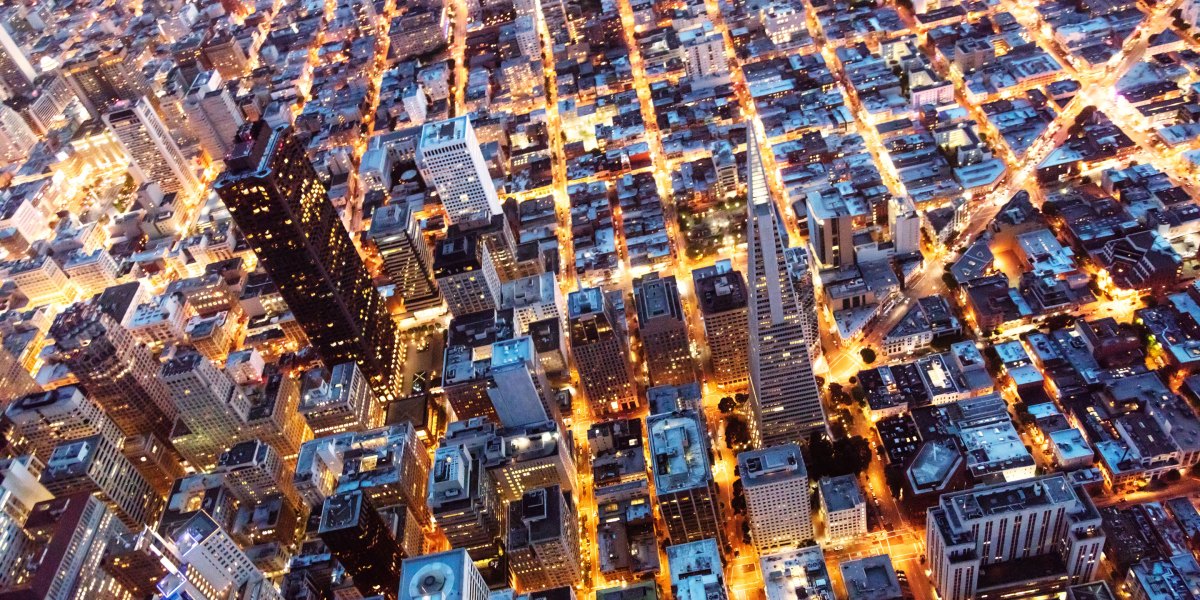
Seventy percent The world’s population will live in cities by 2050, and this huge number makes urban planning more difficult. As a result, planners have turned to technology, most recently to generative artificial intelligence, to help design, analyze and develop overcrowded areas.
Enthusiasts envision city planners using artificial intelligence to screen development proposals, analyze proposed zoning changes, and develop new city master plans or optimize existing ones.
In one recent test, Virginia Tech professors used generative artificial intelligence to determine the walkability of an area by using AI tools to analyze images for environmental features such as benches, streetlights, and sidewalks. To the extent that AI can take on such simple but time-consuming tasks, city planners could potentially have increased bandwidth to tackle more complex challenges facing cities, such as affordable housing, climate change and the decline of the office sector .
However, the integration of generative AI into the digitization of urban planning, also known as “PlanTech”, is not without challenges, and the question remains: Can AI offer enough value to justify its use?
The cost of creating and operating an artificial intelligence infrastructure is enormous, both in monetary terms and in environmental terms. If generative AI can only solve small problems and not big ones, then municipalities may question whether the expense is worth it. Furthermore, in light of their field’s long, tangled history when it comes to inequality, urban planners may be particularly sensitive to concerns about biased training data leading to biased generative models of artificial intelligence.
Have cities improved upon previous technological advances?
Despite the huge efficiency gains achieved by PlanTech, it is sometimes perceived as part of a constellation of “cool” but gimmicky applications that improve certain aspects of urban life but fail to address real problems such as the public health crisis and rising costs of housing.
One of the first broad attempts to integrate advanced technologies into modern urban planning was the rise of “smart cities” in the early 2000s. Smart cities use information and communication technologies (ICT), such as 3D modeling and information modeling, to improve the quality of city services. San Francisco, for example, has implemented a smart waste management system that uses sensors and internet-connected devices to optimize waste collection and disposal.
While the use of technology in smart cities has led to increased efficiency, it is not clear that this will lead to improved quality of life for their citizens. In the wake of the COVID-19 pandemic, scientists wanted to find out whether the smartest cities coped better with the pandemic. They are looked at the municipalities that ranked high in the “smart city” indicators. such as the environment, mobility, urban planning and transport, and concluded that the top-ranked cities did not necessarily cope better with the pandemic.
There are also concerns that smart cities’ focus on modeling and algorithms could harm aspects of urban life that are not easily quantified.
A recent wave of technological innovation in urban planning includes a concept called “digital twins,” which are real-time virtual models of urban areas, ranging from a building to an entire city. Just as NASA uses digital spacecraft simulators to train astronauts and flight control crews, these twin digital simulations allow city planners to test their designs and land-use plans before they are implemented.
Municipalities can use digital twins to study the impact of natural disasters, such as a 100-year flood or extreme heat, and develop response measures. Using a digital twin, new buildings or regions can be simulated and tested in different scenarios before the actual project is built.
While digital twins hold the promise of predicting future challenges and empowering planners to develop sustainable solutions, some obstacles stand in the way of widespread adoption. Among the most challenging is the complexity of developing and maintaining a digital twin simulation. These simulations often require large amounts of data taken from a wide variety of sources and stored in formats that are not necessarily compatible.
The larger and more complex the region being modeled, the more difficult it is to integrate all the necessary data, let alone keep it up-to-date. Also, as with smart cities, there is always the concern that not all aspects of the urban landscape can be quantified and incorporated into the model.
The need for human capital
The market for advanced technology tools for urban planning is expected to grow as AI advances. While these technologies can help urban planners, they are unlikely to replace them.
Don’t confuse urban planners with technocrats. Planners are tasked with improving the lives of urban residents, which requires an interdisciplinary approach that encompasses not only the nuts and bolts of land-use decision-making, but also the social sciences, ethics, and public health. The planning profession is likely to face more technological disruptions in the future. To stay relevant, it needs to embrace complexity and not settle for low short-term efficiency gains.
Opinions expressed in Fortune.com comments are solely the views of their authors and do not necessarily reflect the opinions or beliefs of Fortune





